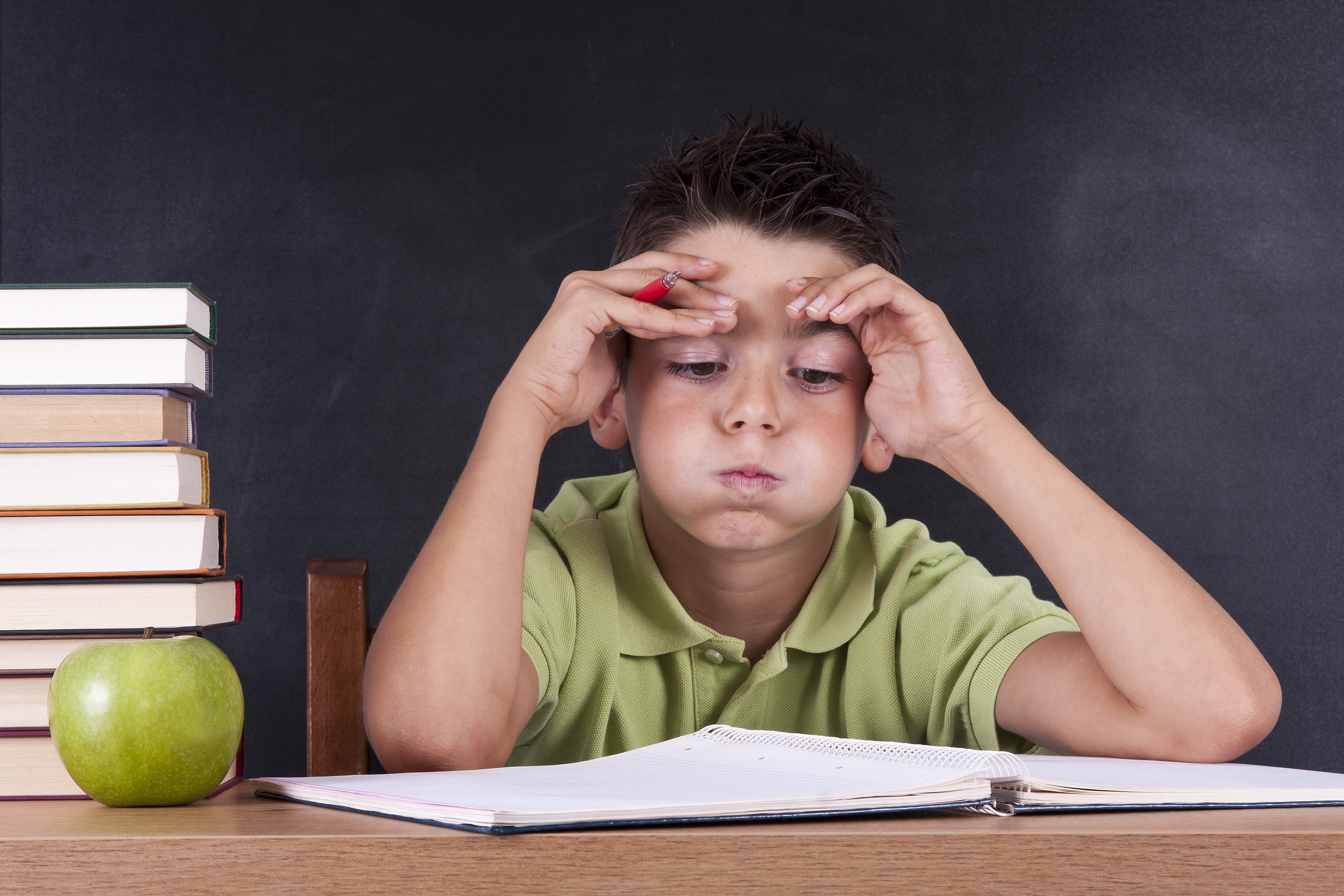Cinderella (the band, not the princess) is right…”you don’t know what you got til’ it’s gone”. Perhaps you have to work in health care, or experience ill health, or watch a friend or family member go through a medical problem to appreciate how important wellness is.
Several months ago I attended a seminar. Towards the end we were asked to rate our five most important values from a list of 35 words. Most people rated things like “success, honesty, trust, happiness, family, integrity”. These are all things I also value, but what amazed me was that I was the only one in the seminar to put “health” on my list. What? These people don’t value their health? Not really, it is just that when you are well, the concept of “health” is off your radar.
Now there is a difference between valuing your health on paper and actually living that way. I know, despite having a health problem that can at times level me for days, I still take my health for granted. Just like I take it for granted that my car will start each morning, hydro will stay on, water will be clean, and that my community is a safe place for my family. Perhaps knowing what you take for granted is the first step to not.
But the question remains, if you value health, then do you live that way? Or, if wellness is not on your radar, should it be? The secrets of wellness are well known. Exercise your mind and body by engaging in daily physical and cognitive challenges. Consider meditation. Analyse your diet and pick out the weaknesses so you can slowly improve your eating to reduce your risks. Look at your stress. What causes this? Can you safely sustain the demands you are facing? What are your coping mechanisms? There is now so much information available online and in the media about health, and while this can be good (depending on how much time you have to sort through it), it is also overwhelming. But I truly believe that we all know when we are making bad health decisions. We don’t need the internet, magazines or television to tell us what we intuitively know we are doing wrong.
I am going to assume that everyone values “health” but I know not everyone lives that way. Maybe it is time that we all visualize a life without our health to appreciate this and to make positive behavioral changes. After all, integrity, honesty, success, family and happiness are difficult to value, if one is too ill to enjoy them.

